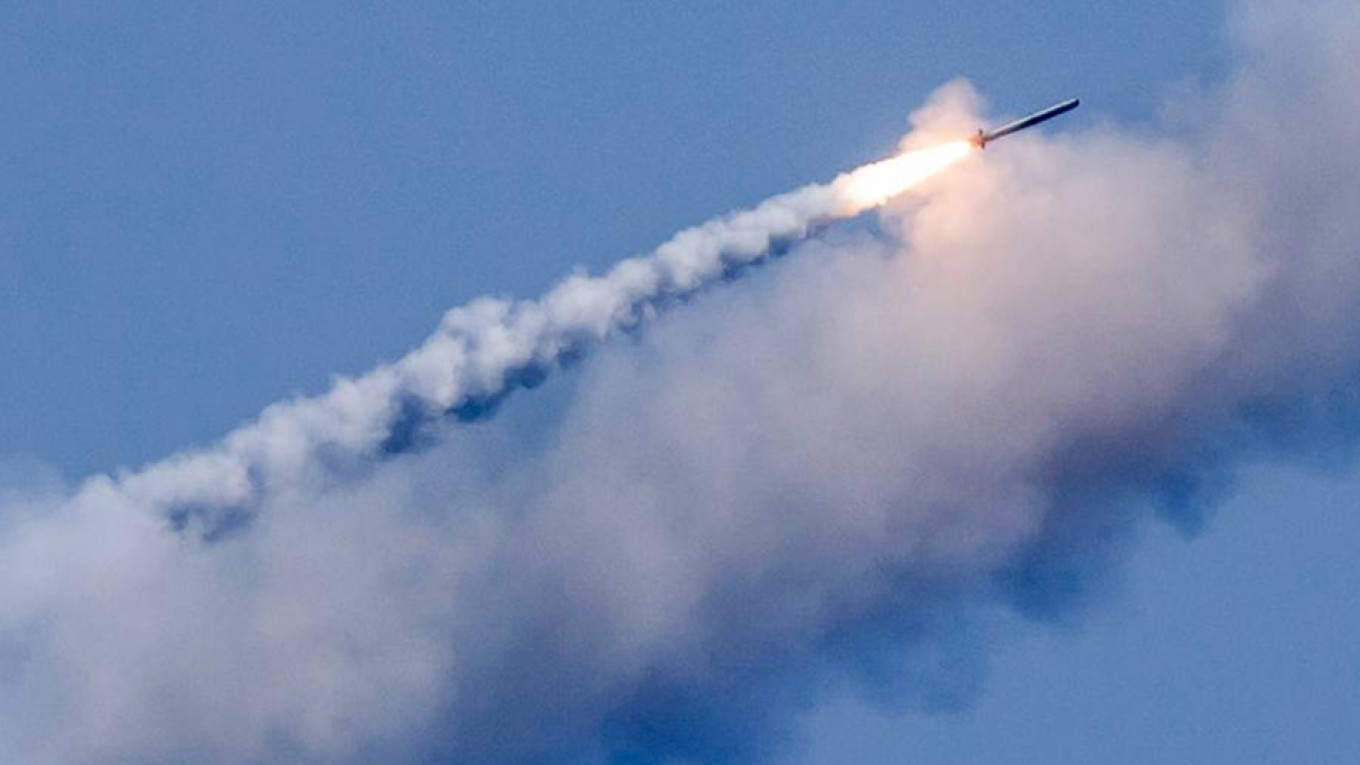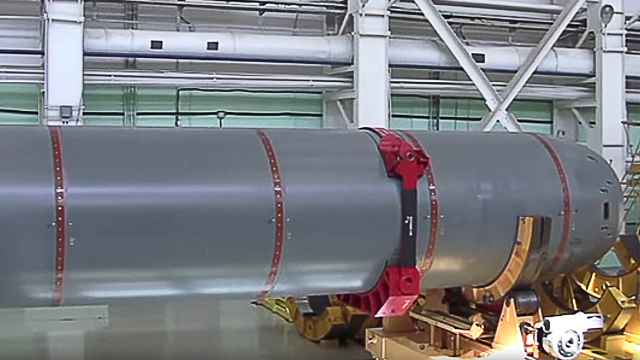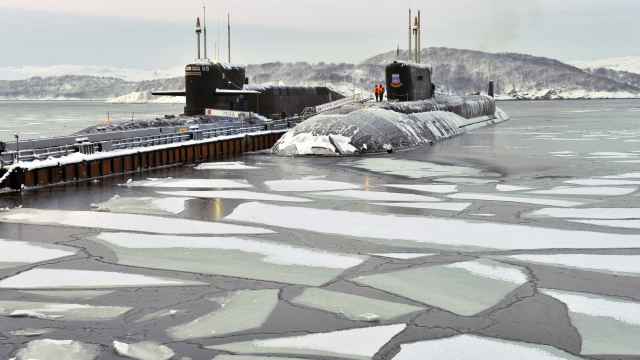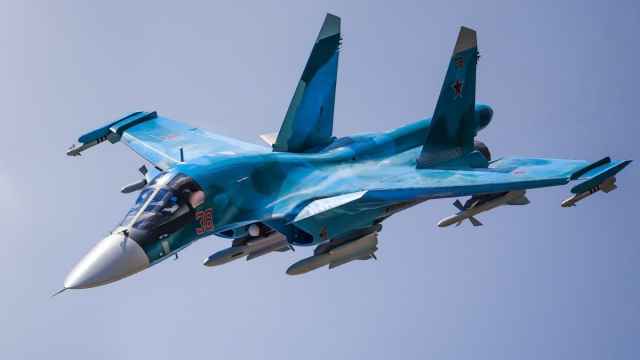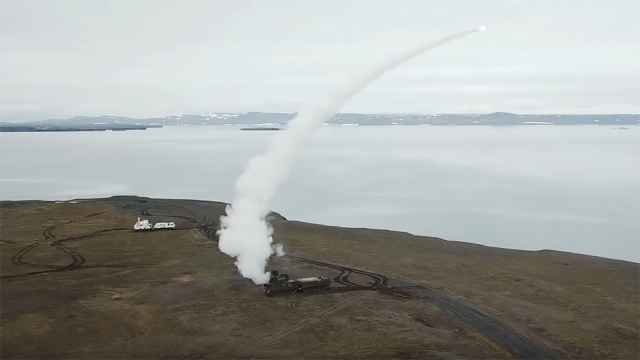It was a show of force and capability as the Russian Northern Fleet this week tested its new Tor-M2DT missile system (SA-15 Gauntlet). The testing took place at the Kapustin Yar shooting range in the south of the country.
The belt wagons painted Arctic white made it into the flat landscape that resembles of a tundra. Several missiles were launched.
The shooting was conducted under conditions of "active radio disturbance" and the targets imitated the behavior of enemy air objects, the Northern Fleet informs.
The targets moved in different directions and at different altitudes. They were all successfully eliminated, the military representatives said.
Following the exercise, the servicemen involved "will return to their permanent bases and remain on combat alert duty."
The Tor-M2DT is based on the Tor-M2 missile system (SA-15 Gauntlet) and is attached to a DT-30 belt wagon. Its missiles have a range of 15 kilometers. The system was first displayed in public during the May 9 military parade in Moscow in 2017.
According to the Russian Defense Ministry, the first units of the system were handed over to representatives of the Armed Forces in late 2018 and subsequently sent to the North.
The system is likely to be deployed in several of Russia’s new and upgraded Arctic bases, including the ones in Franz Josef Land, Novaya Zemlya, Severnaya Zemlya, the New Siberian Islands and Wrangle Island.
The Tor missile system is made for all-weather surface-to-air combat and was designed from the start to shoot down precision guided weapons during day and night, in bad weather and jamming situations.
The Tor system is not the only missiles system being deployed in the Russian Arctic. In November 2018, the Northern Fleet tested its Bastion system in Kotelny, the base in the New Siberian Islands.
In addition there are several more kinds of advanced weapons.
In August 2018, the armed forces on Kotelny fired two Termit cruise missiles with missile complex Rubezh on targets located about 50 km away in the ice-covered part of the Laptev Sea.
In 2015, the country moved the S-400 Triumph the new generation anti-aircraft weapon system, to the Kola Peninsula. That was followed by the deployment of the Bastion mobile coastal missile systems in 2016.
In late 2015, a regiment of S-300 surface-to-air missile system was deployed in Novaya Zemlya, the Arctic archipelago. In November 2016, military representatives confirmed that a Bal missile system was on its way to the Northern Fleet.
According to Head Commander of the Russian Navy Admiral Nikolai Yevmenov, the militarization should not be an issue of concern for Russia’s Arctic neighbors.
"The activities of the Fleet are conducted in strict accordance with the principles and norms of international law that apply to the Russian sector of the Arctic," he said in a comment. "They are not aimed at third countries with national interests in the waters of the Arctic Ocean."
A Message from The Moscow Times:
Dear readers,
We are facing unprecedented challenges. Russia's Prosecutor General's Office has designated The Moscow Times as an "undesirable" organization, criminalizing our work and putting our staff at risk of prosecution. This follows our earlier unjust labeling as a "foreign agent."
These actions are direct attempts to silence independent journalism in Russia. The authorities claim our work "discredits the decisions of the Russian leadership." We see things differently: we strive to provide accurate, unbiased reporting on Russia.
We, the journalists of The Moscow Times, refuse to be silenced. But to continue our work, we need your help.
Your support, no matter how small, makes a world of difference. If you can, please support us monthly starting from just $2. It's quick to set up, and every contribution makes a significant impact.
By supporting The Moscow Times, you're defending open, independent journalism in the face of repression. Thank you for standing with us.
Remind me later.


